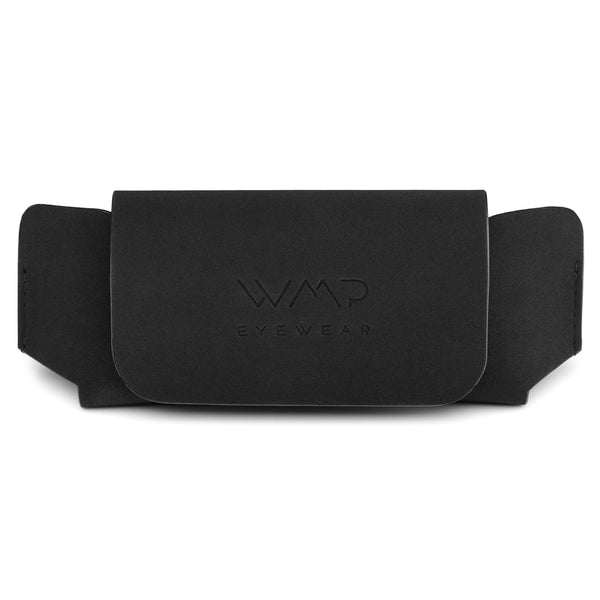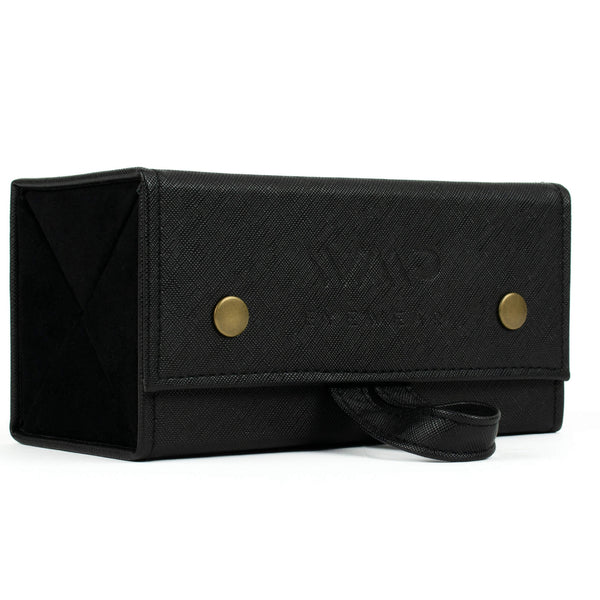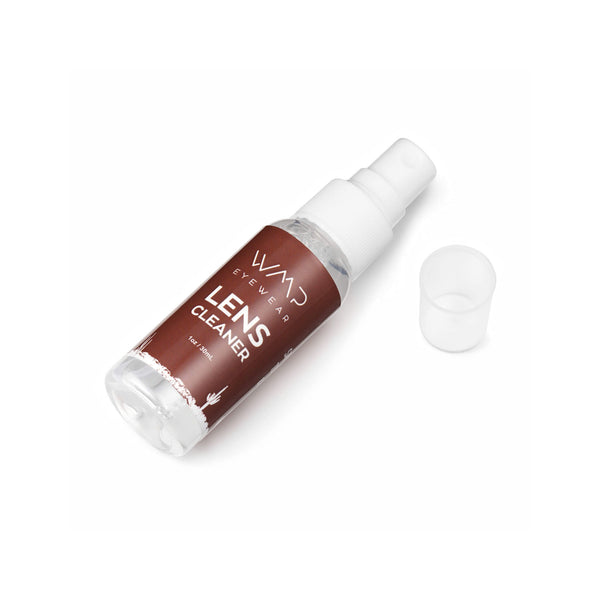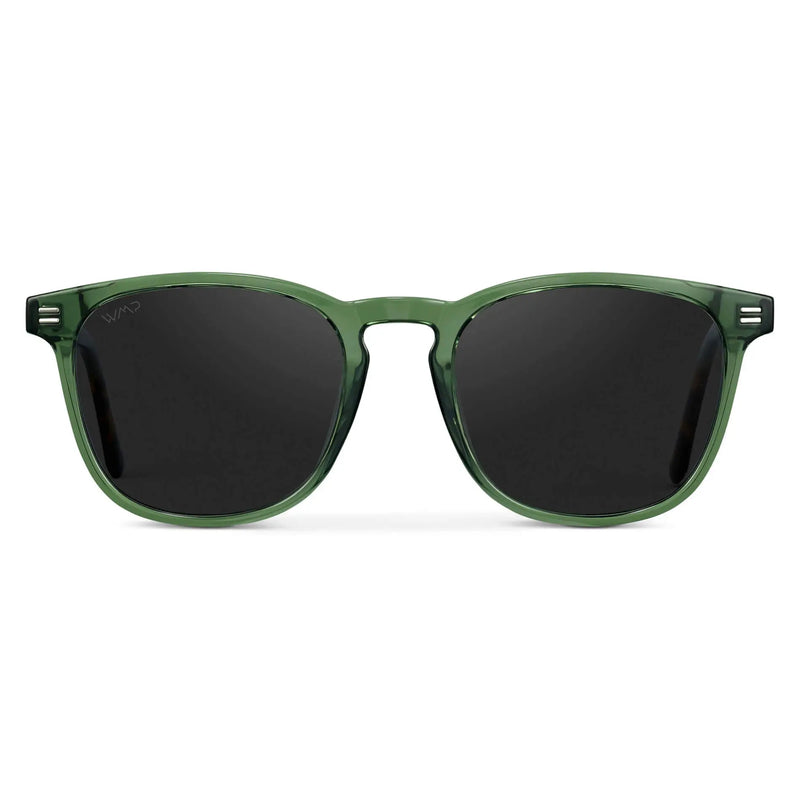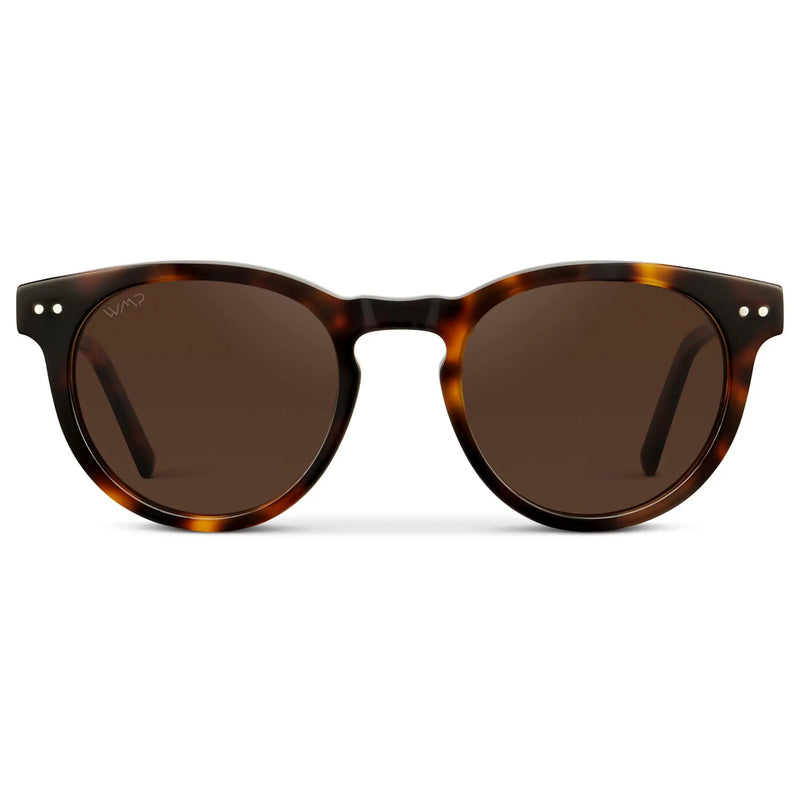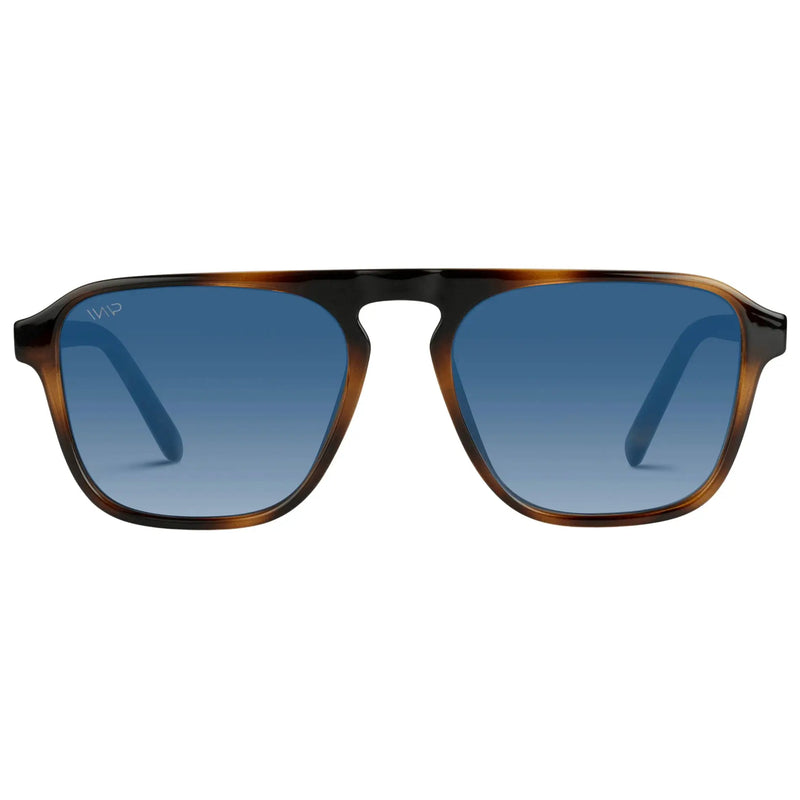Top 5 Myths About Sunglasses

The world of sunglasses might not seem like a place for deception, but the unfortunate truth is that there's a lot of misinformation out there about sunglasses.
We’re here to clear things up.
To debunk a few major misconceptions, we’ve compiled a list of five common myths about sunglasses. With this information, you'll be better equipped when shopping for your next pair.
Myth: All Sunglasses Offer UV Protection
When it comes to protective eyewear, looks can be deceiving. While sunglasses may add style to your outfit, their primary purpose is to provide UV protection through a UV coating or UV-blocking lenses. Unfortunately, some companies sell sunglasses that appear protective but lack the necessary coating or ray-blocking materials—something you'll find in every pair of WMP sunglasses. These products might look fashionable and give the illusion of protection, but they don’t offer the practical benefits.
One common way consumers are misled is by non-UV blocking glasses with extra-dark tints, leading them to believe they’re getting protection. Contrary to popular belief, tint and UV protection are not related. In fact, dark-tinted glasses without UV protection can be dangerous, as they cause the pupils to dilate, allowing more UV rays to enter your eyes.
When shopping for sunglasses, be cautious of red-flag terms like:
- Cosmetic sunglasses
- Fashion eyewear
- Sun blockers
- Sunware
Companies often use these terms to sidestep safety standards and falsely portray their products as protective eyewear. A good rule of thumb is to always check if the product specifies its UV-blocking properties. Make sure the sunglasses you purchase state that they offer 100% UVA/UVB protection, as it’s essential to be shielded from all forms of UV rays.
If you’ve already purchased a pair and are unsure if they provide adequate protection, you can take them to an optical shop to be tested with a photometer.
Myth: Metal Frames are More Durable Than Plastic
Stainless steel sunglasses are often praised for their durability, but metal frames aren't the only option for resilient shades. While plastic frames sometimes get a bad rap, they can be incredibly durable, flexible, and shatter-resistant—especially those made with advanced materials like seven-layer triacetate.
Triacetate frames are designed to withstand the rigors of athletic activities, accidental bumps, and even being sat on. They’re highly resistant to deformation and can easily endure drops, dents, and hard impacts. Despite their toughness, they don't feel flimsy on your face.
Styles like Wyndham from our Fairway Collection, featuring a premium acetate frame with non-slip nose pad grips, are built for repeated wear on the golf course and beyond.
The secret of acetate frames:
What makes acetate so durable? Seven-layer triacetate is engineered through a precise lamination process that bonds multiple layers together, creating a material that is both exceptionally lightweight and remarkably strong. This advanced construction is why it’s favored in applications requiring flexibility and resilience, such as high-performance eyewear and premium sunglasses like our modern aviator frame, Emerson.
Still skeptical about its toughness? Consider this: the multi-layered design of triacetate was inspired by materials used in demanding industries where strength and durability are crucial. While it wasn’t originally developed for space, the principles behind its creation mirror the rigorous standards of aerospace technology. If this material can withstand extreme environments, you can trust it to deliver exceptional durability for your sunglasses.
Additionally, acetate sunglasses come in an endless range of colors and designs, so you never have to choose between fashion and durability.
Myth: Expensive Sunglasses Offer Better Protection
A common misconception in any industry is that higher prices automatically mean better quality. However, many designer brands outsource their sunglasses to third-party manufacturers, add their logo, and inflate the price (sometimes up to 1000%). These high-cost sunglasses aren’t necessarily of better quality than more affordable options, and they certainly don’t offer superior UV protection.
A 2014 ABC News study found that even inexpensive sunglasses can provide excellent UV protection, comparable to that of designer pairs costing significantly more. The findings revealed that the cost of sunglasses doesn’t correlate with the level of UV protection they offer.
The truth is that expensive designer sunglasses are often made from the same materials as more affordable pairs, like those offered by WMP, and many are even manufactured in the same factories.
So, what justifies the massive price difference if it’s not better UV protection? Realistically, not much. When you pay top dollar for expensive sunglasses, you’re not getting superior UV defense; you’re just paying for the brand name. Fortunately, you don’t have to spend a fortune to get great protection.
To shield yourself from the sun, 100% UVA/UVB protection is essential. For added coverage, consider affordable shield sunglasses like Harvey, which block light from all angles while adding a touch of understated style to your look.
To shield yourself from the sun, 100% UVA/UVB protection is essential. For added coverage, consider affordable shield sunglasses like, which block light from all angles and add a touch of understated style to your look.
Myth: Polarized Lenses are Not Worth the Cost
At WMP we offer superior polarized lenses at an affordable price, so you get quality without breaking the bank. The Fairway Collection of premium golf sunglasses features polarized lenses designed specifically for outdoor use, along with an anti-reflective coating for extra precision and an oleophobic coating to keep them free from smudges.
Polarized lenses excel at cutting through glare from reflective surfaces like water and roads, making it easier to see clearly in bright conditions. This reduces eye strain, enhances color contrast, and can even prevent headaches from prolonged sun exposure. Additionally, the higher quality materials used in polarized lenses often make them more durable and longer-lasting.
In short, the long-term benefits of polarized lenses—better vision, comfort, and durability—are well worth the investment.
Myth: You Don’t Need to Wear Sunglasses During Winter
Sunglasses are often seen as a summer-only accessory, but they’re essential year-round. The sun’s rays are just as strong during winter, and snowy conditions can actually intensify sunlight by reflecting it, increasing your exposure to harmful UV rays.
In extreme cases, this amplified reflection can lead to snow blindness—a condition caused by overexposure to UV light. Snow blindness is like a severe sunburn on your eye’s delicate cornea, with symptoms that are painful, disorienting, and can even cause temporary vision loss.
Your eyes are particularly vulnerable to UV damage in winter, and the risk persists on cloudy days as well. Even when the sun isn’t visible, UV rays can penetrate the clouds and reach your eyes, causing harm. Overcast days can be especially deceptive, as you’re less likely to think about wearing sunglasses and may unknowingly expose your eyes to UV damage.
Sunglasses aren’t just a summer accessory—they’re crucial for protecting your eyes year-round. Consider them an essential part of your wardrobe, no matter the season.
Conclusion:
In a world full of misinformation, it's easy to fall for common myths about sunglasses. Whether it's the belief that all sunglasses offer UV protection or the misconception that expensive shades are always better, knowing the truth is essential. Understanding the durability of triacetate frames, the benefits of polarized lenses, and the importance of wearing sunglasses year-round will help you make the best choices for your eye health. When it comes to protecting your eyes, knowledge is just as important as the sunglasses you wear.

